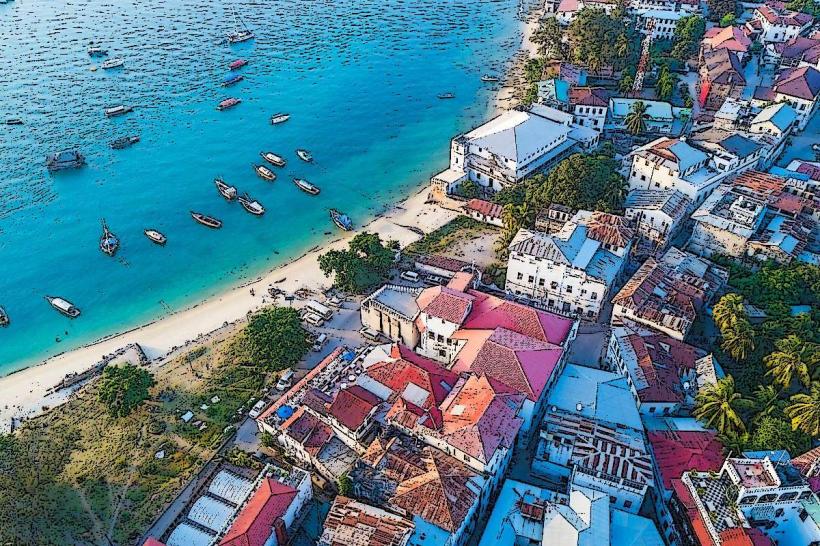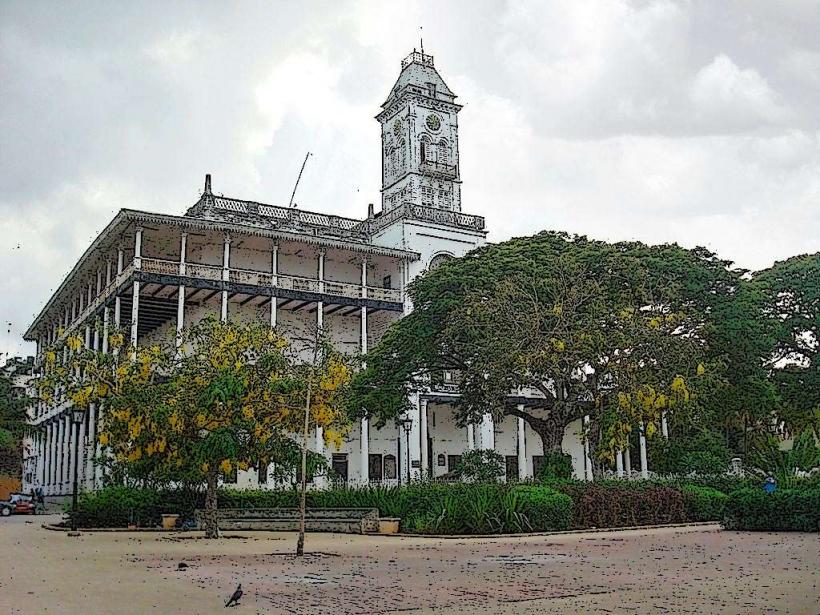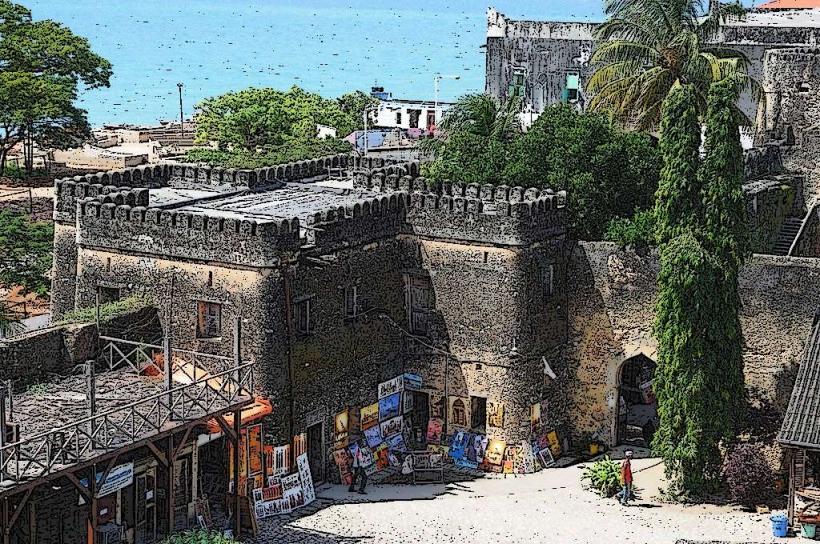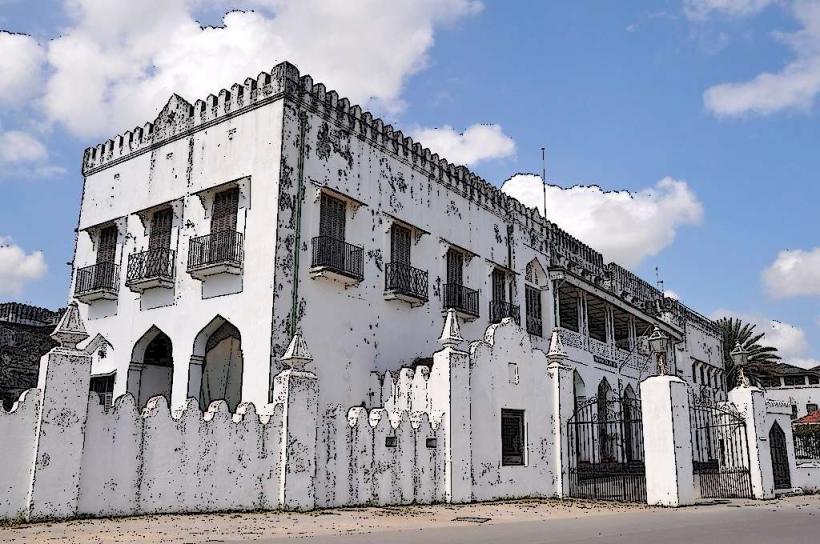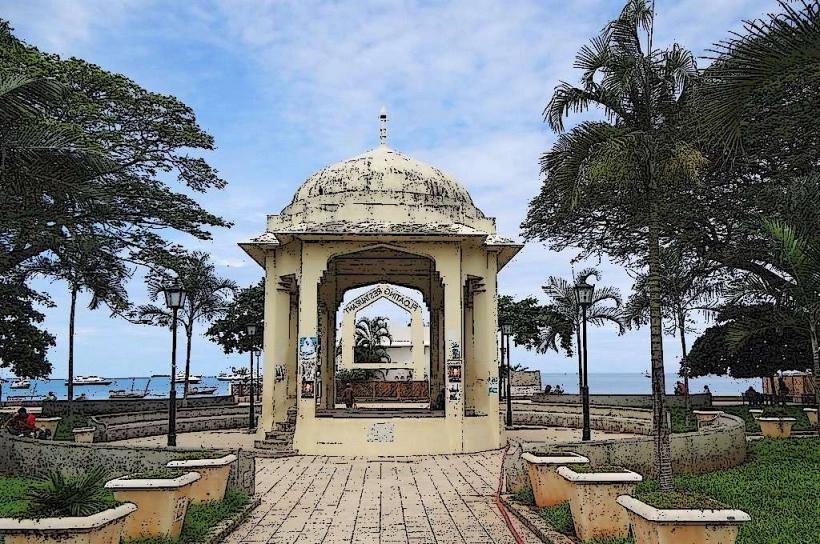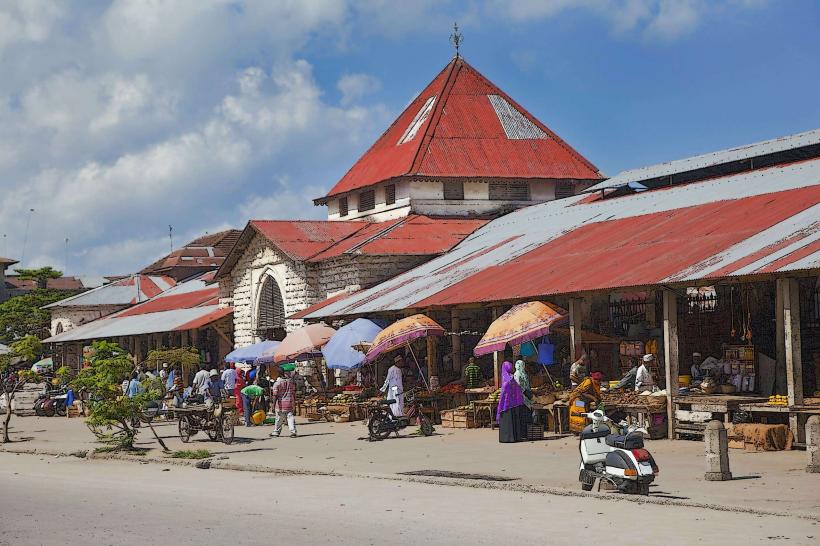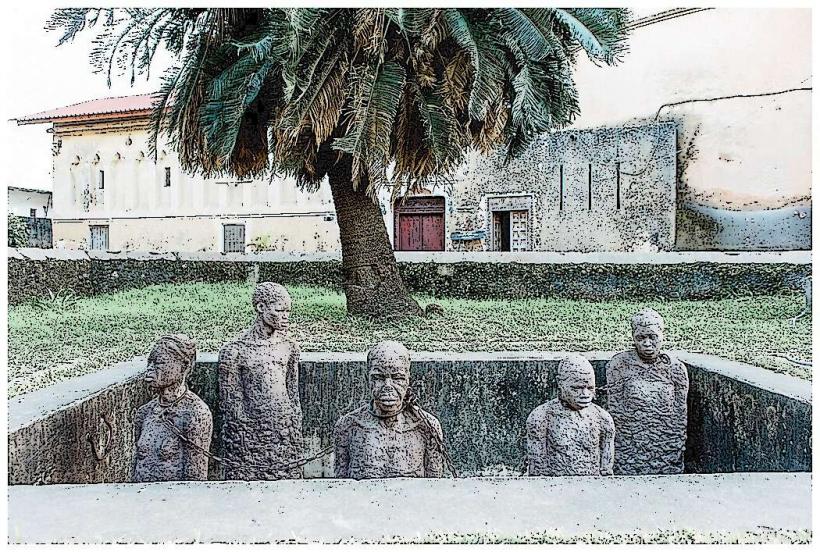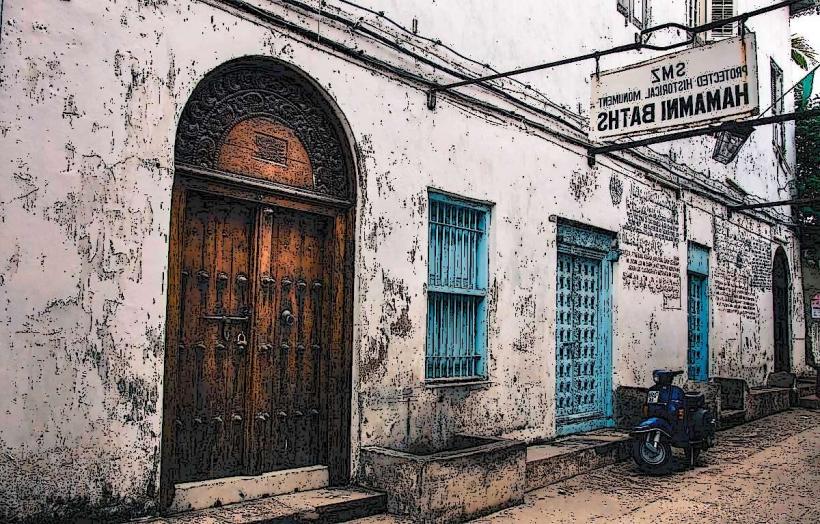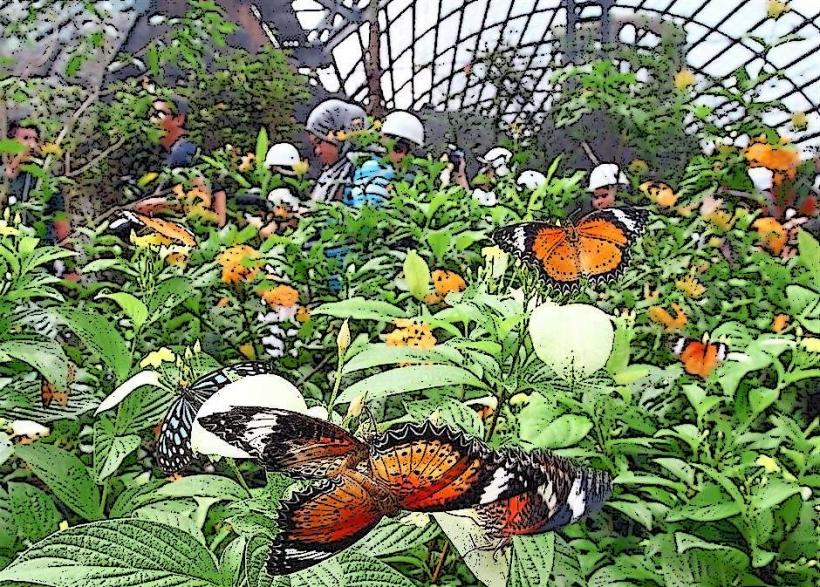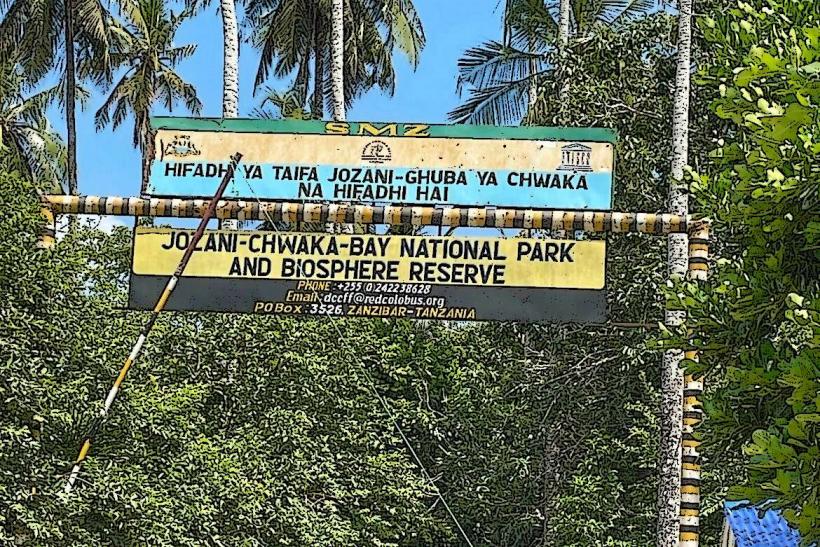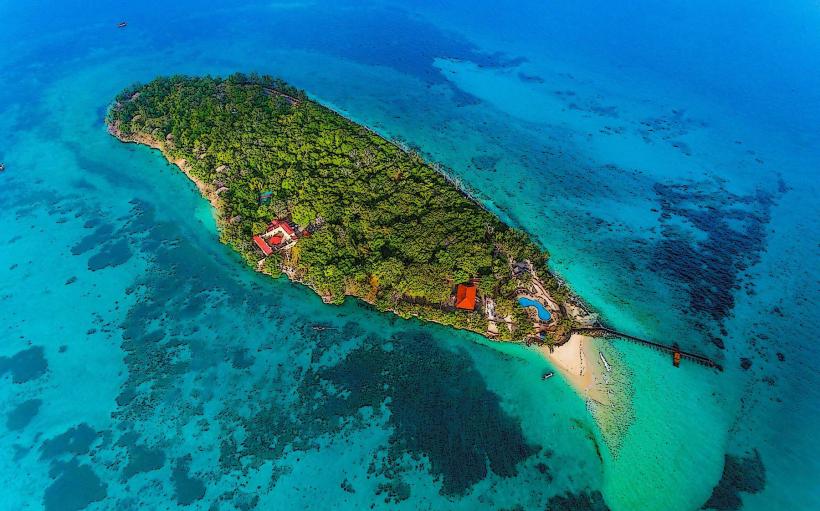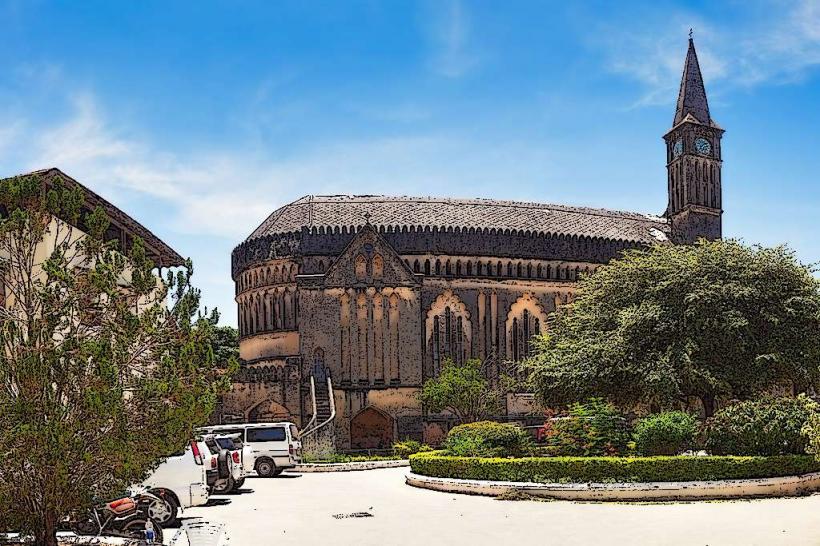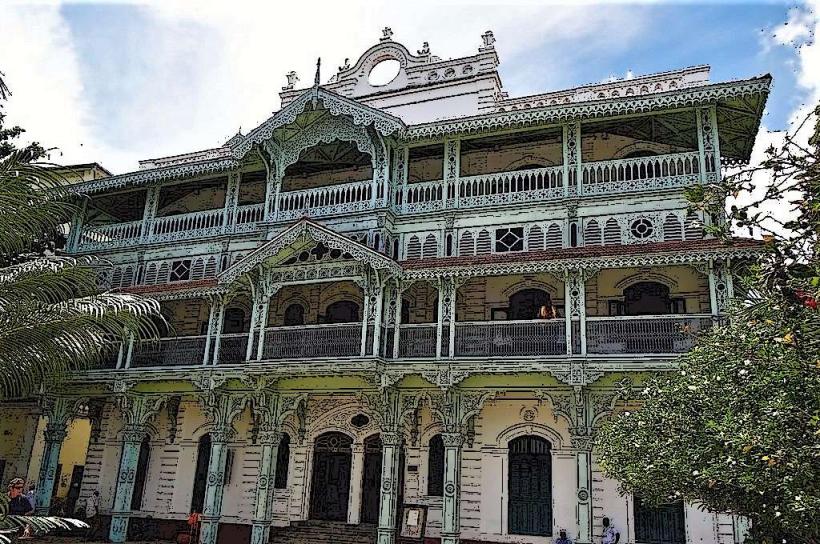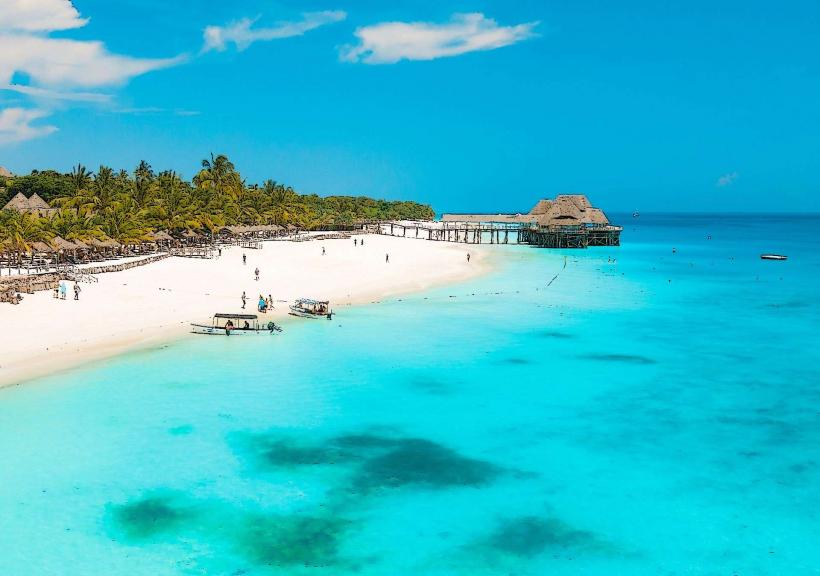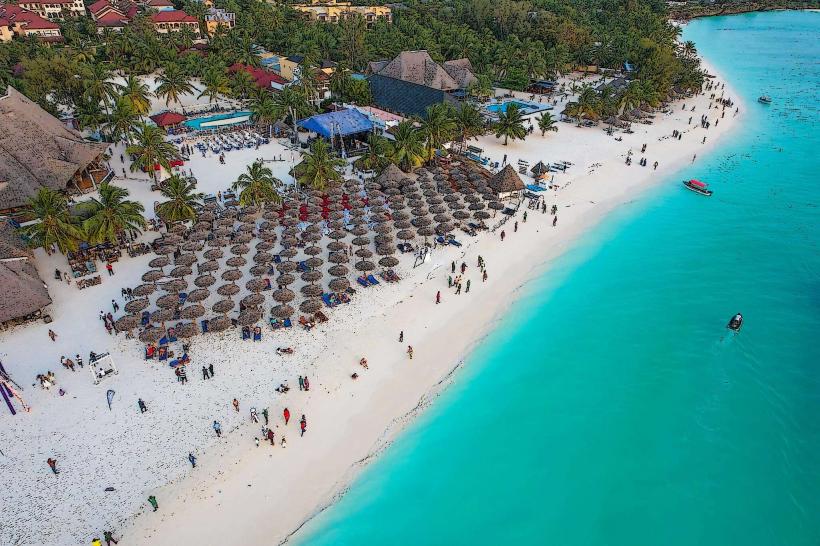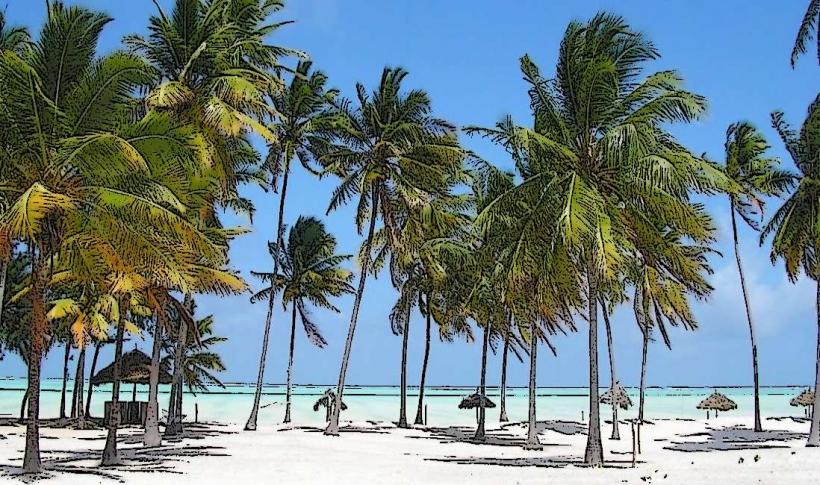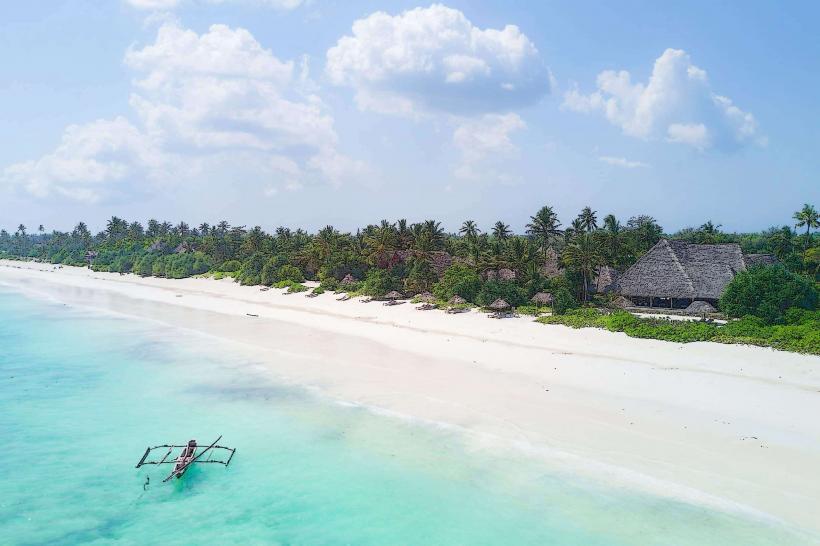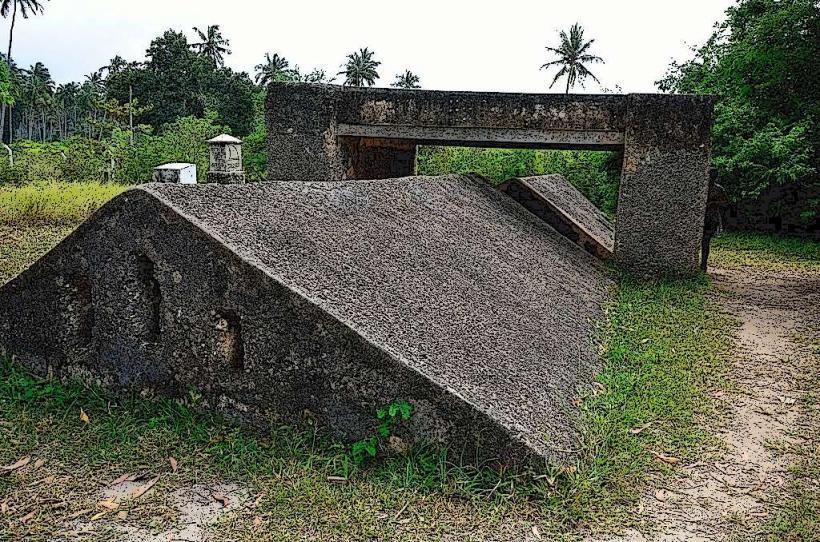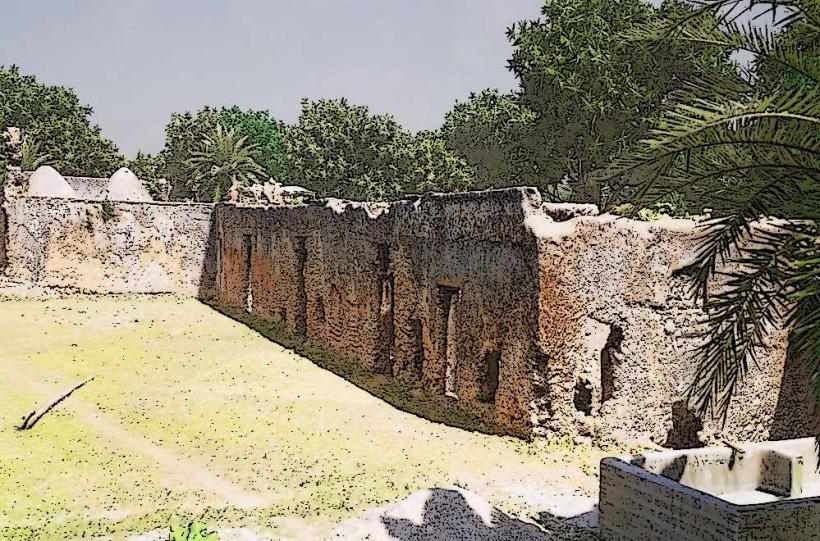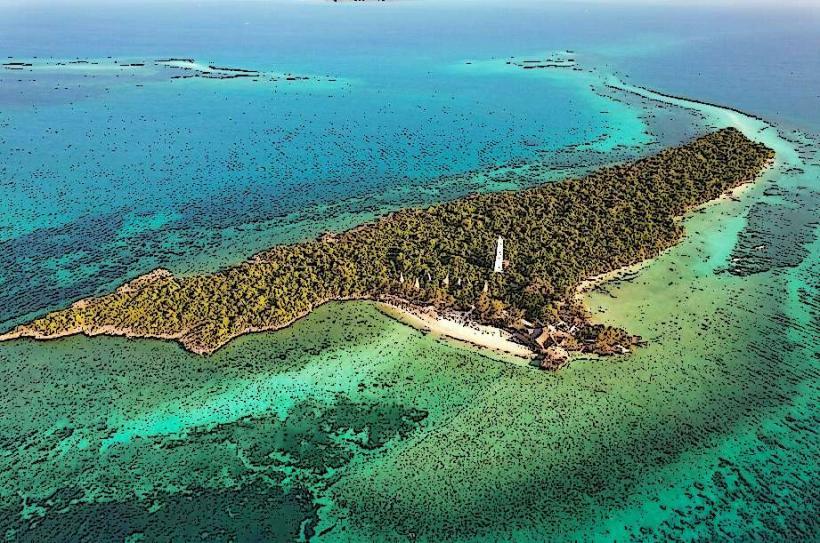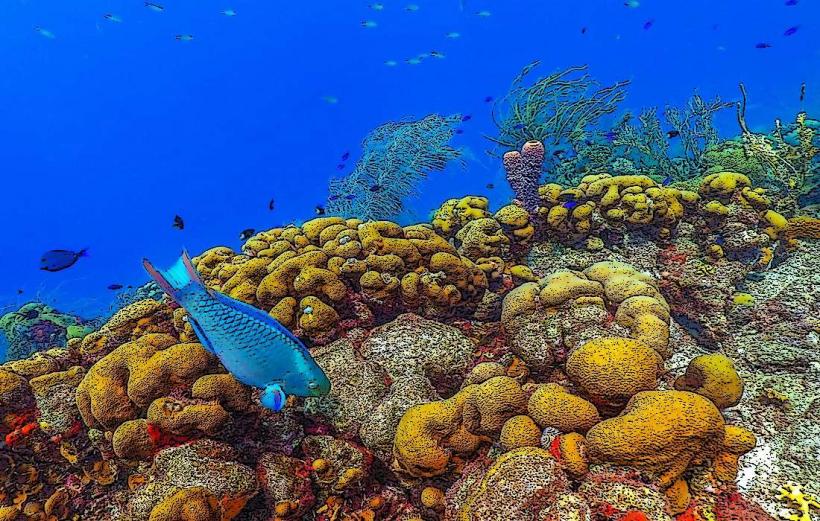Information
Landmark: Spice PlantationsCity: Zanzibar
Country: Tanzania
Continent: Africa
Spice Plantations in Zanzibar – A Fragrant Journey into Zanzibar’s Rich Agricultural Heritage
Zanzibar is known as the "Spice Island" due to its long history as a major producer of spices such as cloves, nutmeg, cinnamon, and cardamom. The island's spice plantations are an essential part of its economy and culture, having shaped its development and identity for centuries. Visiting these spice farms offers travelers a unique opportunity to explore Zanzibar’s agricultural history, discover the origins of spices, and learn about traditional farming practices.
Quick Facts
- Name: Zanzibar Spice Plantations
- Location: Spread across the Zanzibar Archipelago, particularly in the regions of Kizimbani, Mtoni, and Mangapwani on Zanzibar Island.
- Type: Agricultural tours / Plantations focused on spices
- Opening Hours: Most plantations are open for tours from 9:00 AM to 4:00 PM, but times may vary depending on the specific plantation.
- Entry Fee: Entry fees typically range between $10 to $30 USD depending on the plantation and the tour package.
- Best Time to Visit: Spices are available year-round, but the harvest season from April to August is especially ideal for a visit when the plantations are at their peak.
A Historical Overview of Zanzibar’s Spice Trade
1. Zanzibar’s Role in the Spice Trade
- Zanzibar has a long history of spice cultivation, beginning in the 16th century when the Arabs introduced spices to the island. Zanzibar’s position along the Indian Ocean trade routes made it a central point for the exchange of goods, including spices.
- The Omani Arabs, in particular, played a crucial role in developing spice plantations on the island. Cloves became one of the island's most important exports, and Zanzibar was one of the largest producers in the world.
- During the 19th century, Zanzibar was known as the world’s top supplier of cloves, and the spice trade became an integral part of the island’s economy.
2. Decline of the Spice Industry
- The spice industry in Zanzibar faced a decline during the 20th century, due in part to the rise of competition from other regions and global trade changes.
- Despite this, Zanzibar continues to grow many of the island's traditional spices, and the industry remains an important aspect of local life, both in terms of agriculture and tourism.
What to Expect on a Spice Plantation Tour
A visit to a Zanzibar Spice Plantation is an educational and aromatic journey. Guided tours typically last 1 to 2 hours, during which visitors can explore the various spice gardens, learn about plant cultivation, and even sample different spices.
1. Spice Varieties
- During your tour, you'll encounter a wide variety of spices, including:
- Cloves: The most famous spice grown in Zanzibar, used in cooking and for its medicinal properties.
- Nutmeg: Known for its sweet, aromatic flavor, nutmeg is grown from a tree that produces both nutmeg seeds and mace (a spice made from the tree’s red arils).
- Cinnamon: The sweet, fragrant spice comes from the bark of the cinnamon tree.
- Cardamom: Known for its strong, sweet flavor, often used in both savory and sweet dishes.
- Pepper: Zanzibar also grows black pepper and white pepper.
- Vanilla: Vanilla orchids are cultivated and used for flavoring.
- Turmeric: A brightly colored root used in cooking and as a natural dye.
- Ginger: Grown for both culinary and medicinal purposes.
2. Guided Tours and Interactive Experiences
- Guides will walk visitors through the plantations, explaining how each spice is grown, harvested, and processed.
- You'll learn about the plant’s growth cycle, the different harvesting techniques, and the traditional methods used to extract the spice.
- Hands-on Experience: Visitors may be invited to taste the spices, crush them to release their aromas, or even help with the harvest if it's the right season.
- The guides will also share fascinating facts about each spice’s cultural and medicinal uses.
3. The Scent of Zanzibar
- The fragrant atmosphere of the spice plantations is one of the key highlights. As you walk through the lush greenery, you’ll experience the powerful scents of cloves, cardamom, cinnamon, and other spices mingling in the air, offering a sensory journey.
4. Educational Insights
- The plantation tours are not only focused on the agriculture of the spices but also on their historical significance. Learn how spices shaped the economy of Zanzibar and the global trade networks that emerged around them.
- The guides often explain how spices are used in local cuisine, medicinal remedies, and even beauty products.
5. Spice Shopping
- At the end of the tour, visitors are often given the opportunity to purchase fresh spices directly from the plantation. You can buy products like dried cloves, cinnamon sticks, and turmeric powder, as well as handmade spice-scented souvenirs such as soaps, oils, and incense.
Popular Spice Plantation Tour Locations
Here are some of the top spice farms you can visit on Zanzibar:
1. Kizimbani Spice Plantation
- Located in the central part of Zanzibar Island, Kizimbani is one of the oldest spice plantations and a popular tour destination. This plantation grows a wide range of spices and is known for its lush landscapes.
- Visitors here will experience a detailed and interactive tour of the spice-growing process.
2. Mtoni Spice Plantation
- Mtoni is another well-known plantation, offering a great chance to learn about Zanzibar's spice legacy. It has been involved in the spice industry for many years and is located close to Stone Town.
3. Mangapwani Spice Plantation
- Located near the Mangapwani Beach, this plantation provides a combination of spice and cultural heritage tours. It is famous for its variety of spices and provides a peaceful, scenic tour.
4. Shambani Spice Farm
- A smaller but equally interesting spice plantation, Shambani provides an intimate, hands-on experience where visitors can see the entire spice-growing process.
Why Visit the Zanzibar Spice Plantations?
1. Rich Cultural Heritage
- Spice plantations offer a deep dive into the agricultural history of Zanzibar and its role in the global spice trade. They provide a unique way to understand the island's historical, cultural, and economic development.
2. Educational Experience
- Whether you are a foodie, a nature lover, or someone interested in sustainable agriculture, a tour of the spice plantations offers valuable educational insights into the production of essential spices.
3. Beautiful Landscapes
- Spice farms are often set in lush, tropical environments with dense greenery, making the tours not only informative but also visually stunning. You’ll get a chance to stroll through scenic gardens while learning about the plants.
4. Support Local Communities
- By visiting a spice plantation, you're directly supporting the local economy, particularly the farmers and workers involved in the cultivation of these important crops.
Nearby Attractions
While visiting spice plantations, take the time to explore some of Zanzibar’s other popular attractions:
- Stone Town: A UNESCO World Heritage Site, offering historic sites like the House of Wonders, Sultan's Palace, and the Old Fort.
- Prison Island: A short boat ride from Stone Town, this island is home to giant tortoises and a former slave prison.
- Jozani Forest: A nature reserve where you can see the rare Red Colobus monkeys that are native to Zanzibar.
- Nungwi Beach: Known for its stunning white-sand beaches and clear turquoise waters.
Visiting a Spice Plantation
- Location: Spice plantations are spread throughout Zanzibar, with several near Stone Town, Kizimbani, Mtoni, and Mangapwani.
- Opening Hours: Most plantations are open from 9:00 AM to 4:00 PM.
- Entry Fee: The price for a tour generally ranges between $10 to $30 USD.
- Tour Duration: Tours typically last 1 to 2 hours, depending on the plantation and tour package.

